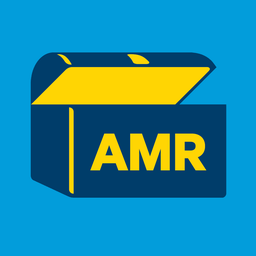

I was curious, so I checked to see the current longest ultra-high voltage dc transmission line:
The Changji-Guquan ultra-high-voltage direct current (UHVDC) transmission line in China is the world’s first transmission line operating at 1,100kV voltage.
Owned and operated by state-owned State Grid Corporation of China, the 1,100kV DC transmission line also covers the world’s longest transmission distance and has the biggest transmission capacity globally.
The transmission line traverses for a total distance of 3,324km (2065 miles) and is capable of transmitting up to 12GW of electricity.
As a general rule of thumb, HVAC lines will be somewhere around 5-6% line loss per 1000kms, and HVDC somewhere around 3%/1000kms







Vogtle 3 & 4 are AP1000s. Construction started in 2013 (preliminary work had started before this, but a design change halted it). Unit 3 was originally supposed to complete commissioning in 2017, but only happened last year. Unit 4 should be online this year. The initial $12B budget went to $14B at the start of construction, but will end up somewhere over $30B.
V.C . Summer in South Carolina has a similar project with two AP1000s. The initial budget was $9B, but the project was cancelled while under construction when projections put the total cost over $23B.
There have been 6 EPRs built, Flamanville-3, Olkiluoto-3, Taishan-1 & 2, and Hinkley Point C (2 units).
All of them are/were massively over budget and behind schedule.
Olkiluoto started construction in 2005, was supposed to complete commissioning in 2010, but only came online last year. Costs went from €3B to somewhere over €11B, the contract ‘not-to-exceed’ amount.
Flamanville started construction in 2007, was supposed to complete commissioning in 2012, but is projected to complete commissioning late this year. Costs went from €3.3B to somewhere over €20B.
Hinkley Point C is still under construction. It’s difficult to put an actual start date because a pile of preliminary site prep work happened prior to real construction starting. Concrete was poured in 2016 though and it was supposed to be operational in 2023. They’re now estimating 2028 at the earliest. Costs have gone from £16B to and estimated £35B.
Taishan 1 & 2 started construction in 2009/10 and went online in 2018/19, roughly 5 years late. Unit 1 had to be taken offline for a year due to faulty fuel bundles. Both units have had reliability issues. Costs ended up at the equivalent of $7.5B, almost double the original estimate.